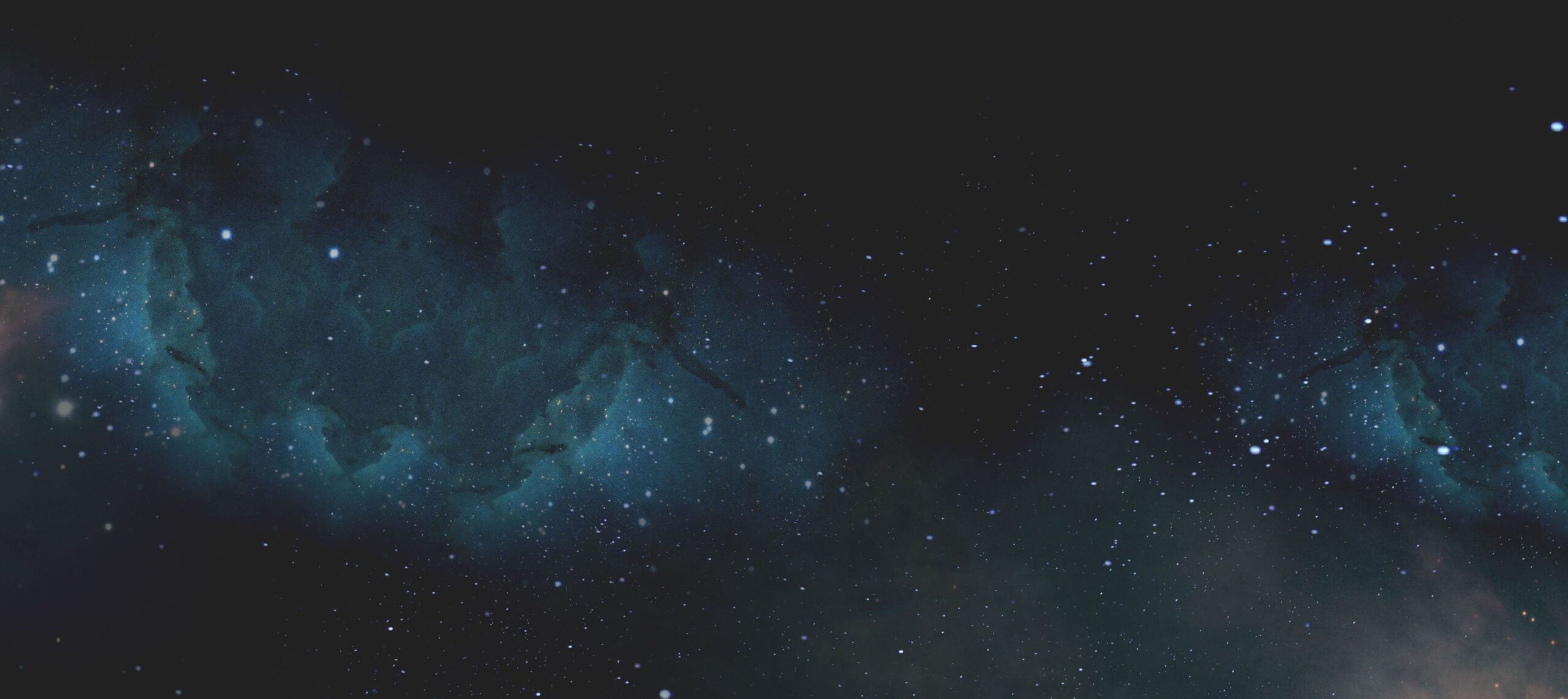What is light pollution?
Light pollution is the human-made alteration of outdoor light levels from those occurring naturally. Put another way, light pollution is human electromagnetic waste.
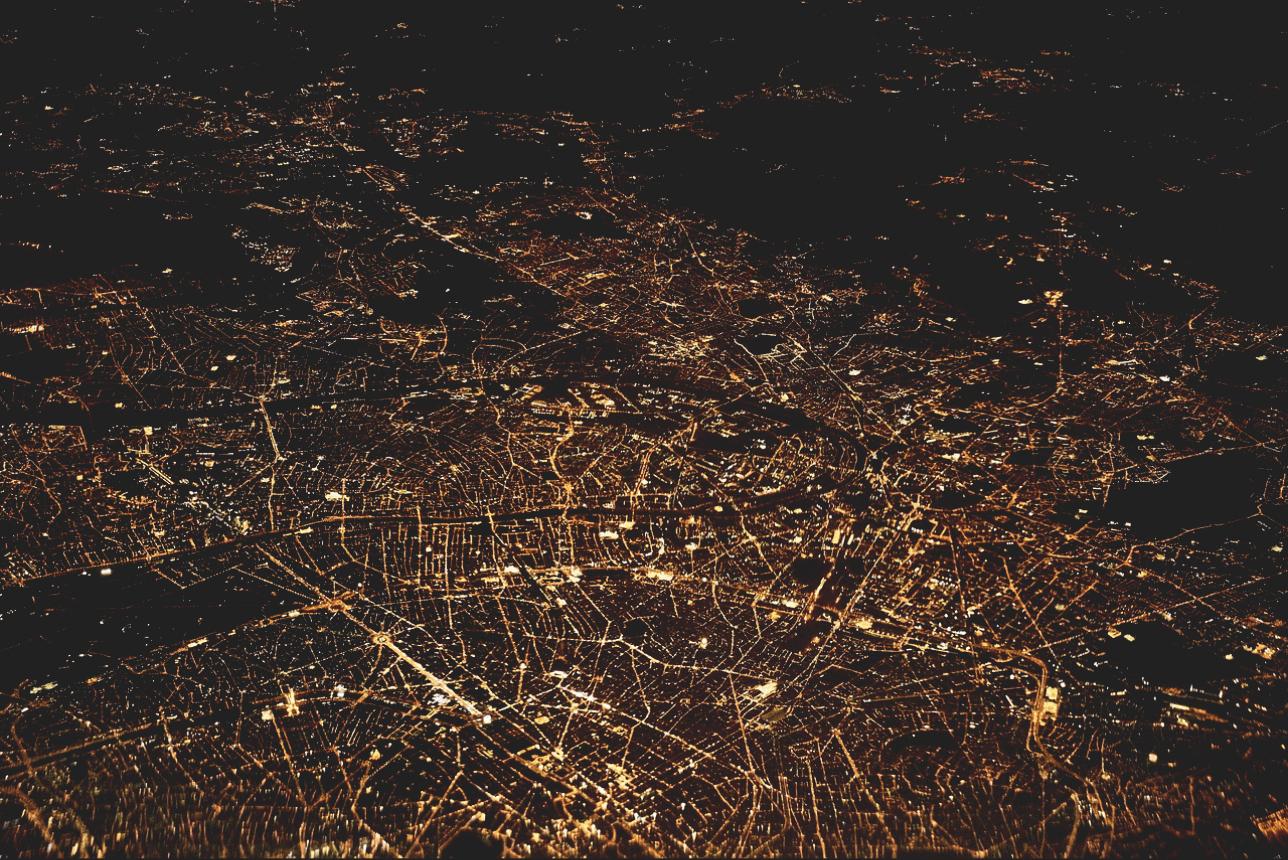
What are the effects of light pollution?
Light can be a pollutant
More than 80% of the world’s population lives under light-polluted skies, according to a study from DarkSky International. This means that a large portion of humanity experiences skyglow, where artificial light obscures the stars and makes it difficult to see the Milky Way. 1
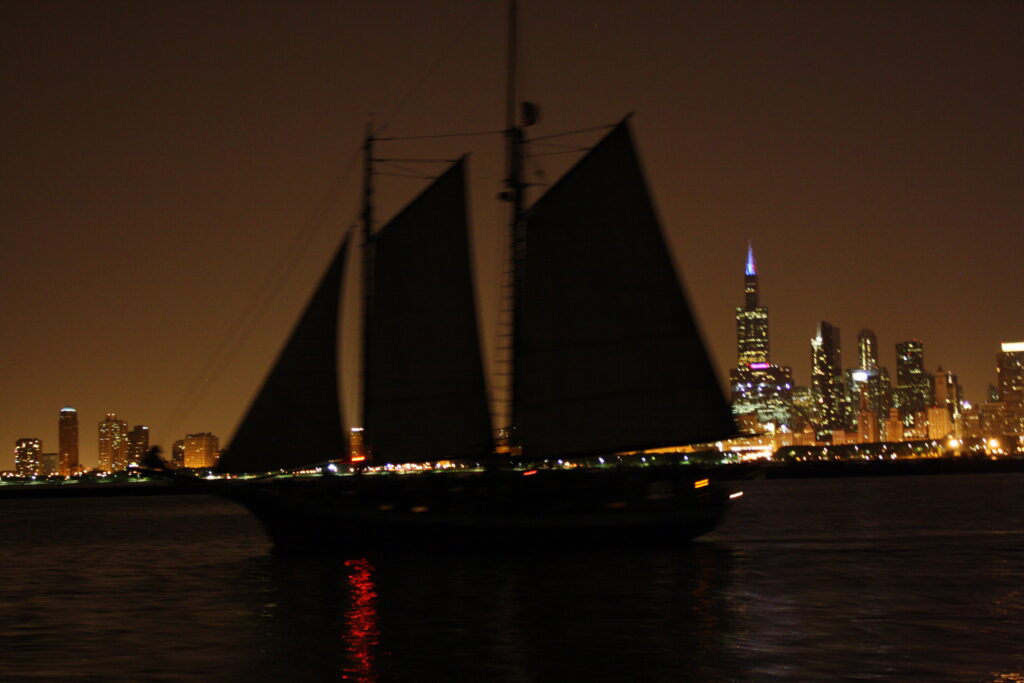
Light pollution disrupts wildlife, impacts human health, wastes money and energy, contributes to climate change, and blocks our view of the universe.
How does light pollution affect astronomy?
Light pollution significantly hinders astronomy by reducing visibility of celestial objects and impacting the quality of astronomical research. It brightens the night sky, making it difficult to see faint stars, nebulae, and galaxies, and can also decrease the contrast when observing brighter objects like planets and the Moon. This makes it harder for both amateur and professional astronomers to study the universe.
Radio astronomy is impacted by a different kind of pollution: radio frequency interference (RFI). While light pollution primarily affects visible light observations, radio telescopes are susceptible to interference from human-generated radio waves 2.
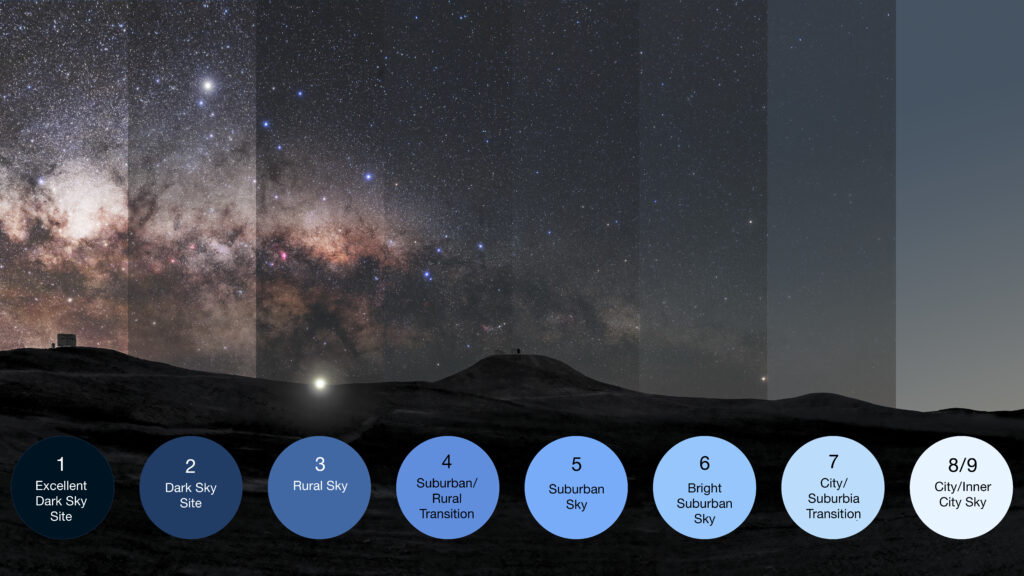
The image above illustrates the Bortle scale, which measures the impact of light pollution on the dark skies at a given location. It shows, from left to right, the increase in the number of stars and night-sky objects visible in excellent dark sky conditions compared with cities. The illustration is a modification of an original photograph taken at ESO’s Paranal Observatory in Chile.
How has light pollution affected the Vatican Observatory?
With light pollution growing in Rome in the 1930s, it was decided to move the Vatican Observatory 25 km away to Castel Gandolfo.
The Observatory again faced challenges with light pollution in Castel Gandolfo as early as 1961; the Observatory had to abandon Castel Gandolfo as a site for doing science because of light pollution in 1985.
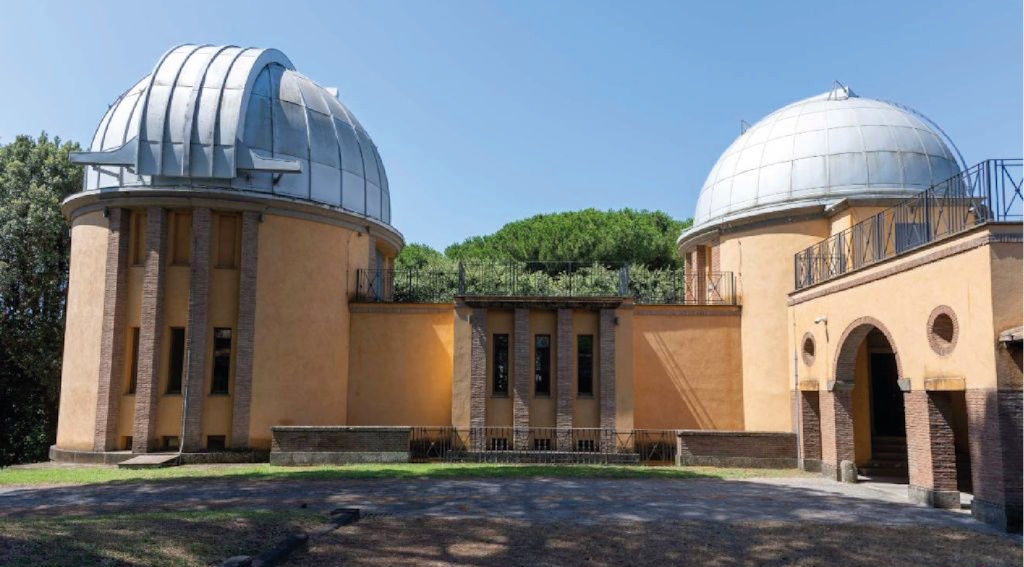
“The darkness that poses a real threat to humankind, after all, is the fact that we can see and investigate tangible material things, but cannot see where the world is going or whence it comes, where our own life is going, what is good and what is evil…
“If God and moral values, the difference between good and evil, remain in darkness, then all other “lights”, that put such incredible technical feats within our reach, are progress, yes, but also dangers that put us – and the world – at risk.
“Today we can illuminate our cities so brightly that the stars of the sky are no longer visible. Is this not an image of the problems caused by our version of ‘Enlightenment’?”
HOMILY OF HIS HOLINESS BENEDICT XVI
Saint Peter’s Basilica
Holy Saturday, April 7, 2012
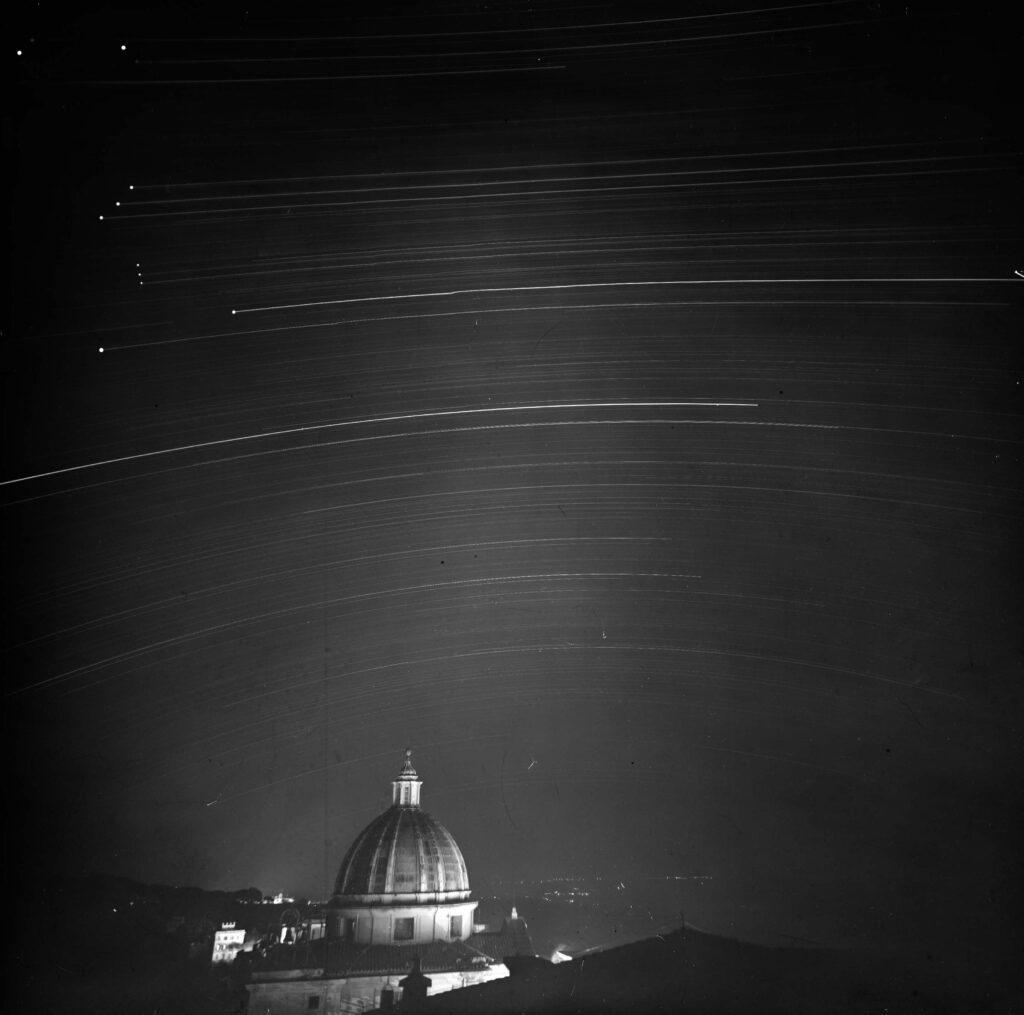
The Vatican Advanced Technology Telescope was built on Mt. Graham in Arizona in 1993, a stones-throw away from the Large Binocular Telescope. Mt. Graham is located near Tucson, which has strict light pollution regulations.
It’s quite amazing to be in the foothills of Tucson, looking down at the city, and still being able to see the Milky Way above it.
Bob Trembley
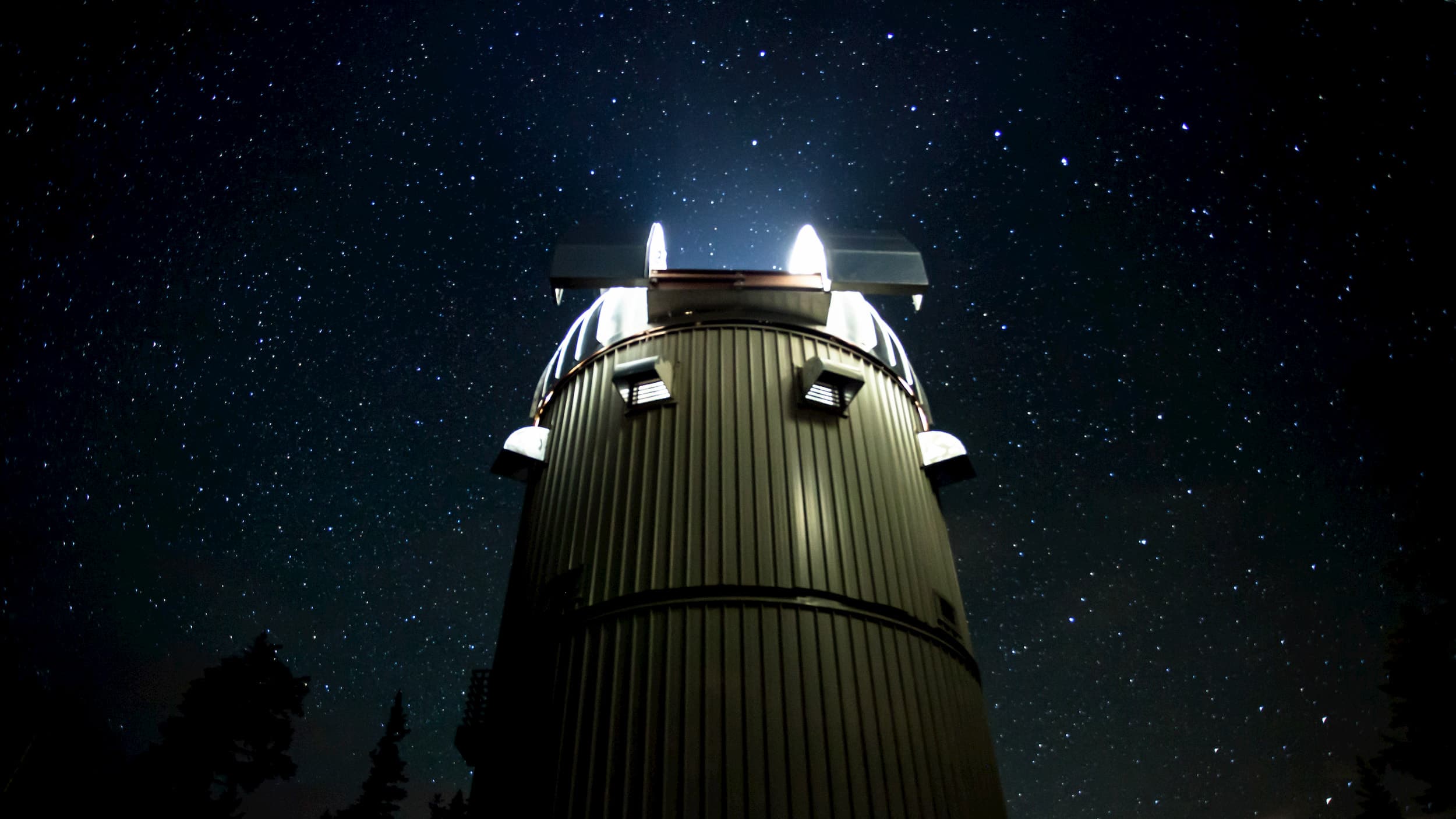
What effects can Light Pollution have on your health?
Humans evolved to the rhythms of the natural light/dark cycle of day and night. The proliferation of artificial light at night means many of us no longer experience truly dark nights.
Many studies have shown that exposure to artificial light at night negatively affects human health, including increased risk for:
- Sleep disorders
- Depression
- Obesity
- Diabetes
- Heart disease
- Cancer
Read more about the effects of Light Pollution on your health.
How does Light Pollution affect Earth’s environment and ecosystems?
Nocturnal animals sleep during the day and are active at night. Light pollution radically alters their nighttime environment by turning night into day. According to research scientist Christopher Kyba, for nocturnal animals “the introduction of artificial light probably represents the most drastic change human beings have made to their environment.”
“Predators use light to hunt, and prey species use darkness as cover,” Kyba explains. “Near cities, cloudy skies are now hundreds or even thousands of times brighter than they were 200 years ago. We are only beginning to learn what a drastic effect this has had on nocturnal ecology.”
“When we add light to the environment, that has the potential to disrupt habitat, just like running a bulldozer over the landscape can.”– Chad Moore, formerly of the U.S. National Park Service
What can be done about light pollution?
Following responsible lighting practices, passing dark sky friendly legislation, and advancing scientific research in this field are just some of the ways light pollution can be solved. You can get involved too!
What is the Vatican Observatory and the Vatican Observatory Foundation doing about light pollution?
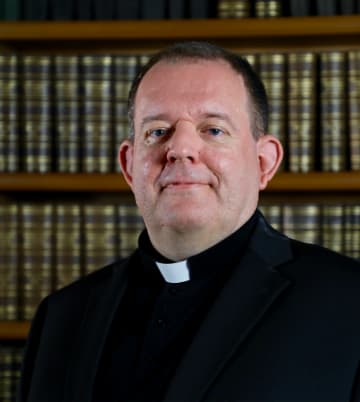
The Vatican Observatory has been a part of DarkSky International for many years; Paul Gabor is a board member of the Southern Arizona Chapter of DarkSky International (SoAZ) .
The Vatican Observatory is also a founding member of the Arizona Astronomy Consortium (AZAC), an informal group of professional observatories in Arizona. The AZAC has been more involved in advocacy on the State level.
A new sky quality meter was installed at the Vatican Advanced Technology Telescope by Emilio Falco, chair of the SoAZ Chapter.
For the next stage of a project on Outdoor Lighting Codes, Paul Gabor is working with several DarkSky International reps to see how they can get the UA Law School involved.
What can you do?
- Only light the area that needs it
- Be no brighter than necessary
- Minimize blue light emissions
- Use fully shielded lighting (pointing downward)
- Spread the word – tell your friends and neighbors
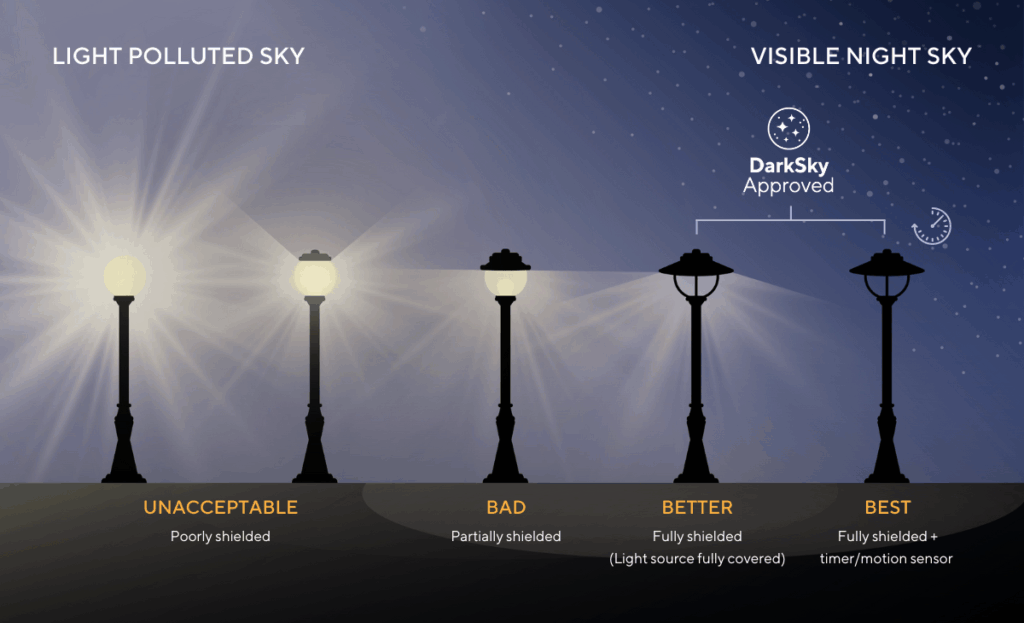
Communities that have already spent a lot of money on decorative lighting may be upset by these suggestions, but those lights are stealing your night sky, amongst other problems – and there are plenty of night sky friendly decorative lights.
Go to a dark sky site
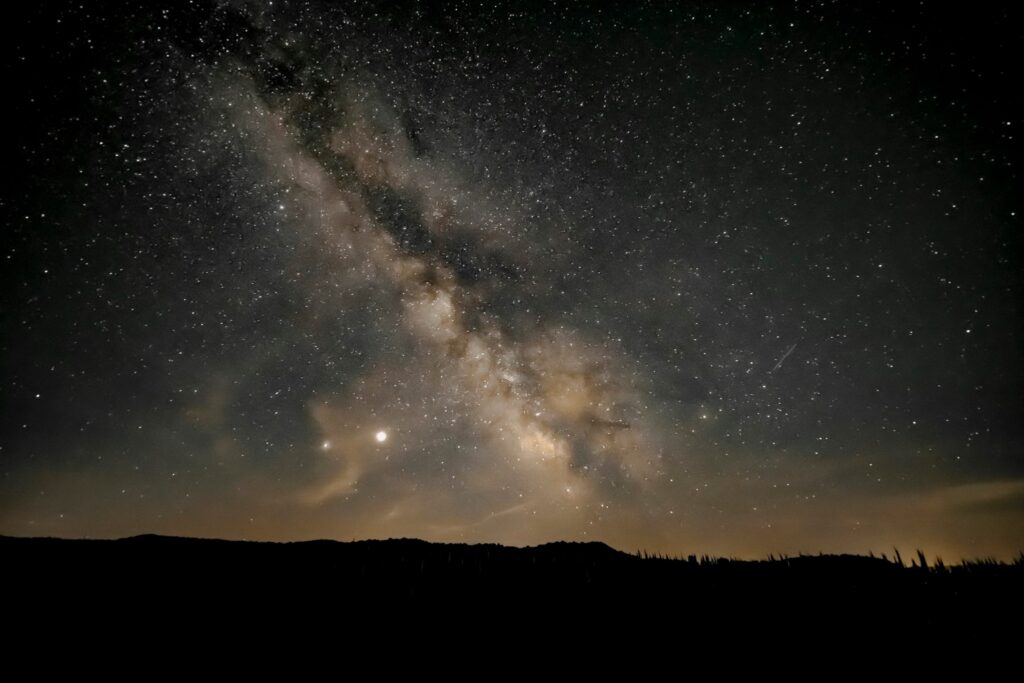
Seeing the Milky Way stretch across the sky from a dark sky site can be awe-inspiring – everyone should experience it! Even veteran stargazers can have trouble finding their way around when there are so many stars that you can’t see any constellations.
There are over 160,000 square kilometers of protected land and night skies in 22 countries on 6 continents. These dark sky sites are where you can get away from city lights, and see the heavens as they were meant to be seen!
Join an astronomy club
There are numerous astronomy clubs and societies across the globe – some of them host star parties at observing sites, some have members who will set up telescopes, and talk about astronomy and space science at your venue.
If you live in the U.S., you can find astronomy clubs and events using NASA’s Night Sky Network; you can request an astronomy or space lecturer from the volunteer NASA/JPL Solar System Ambassador program.
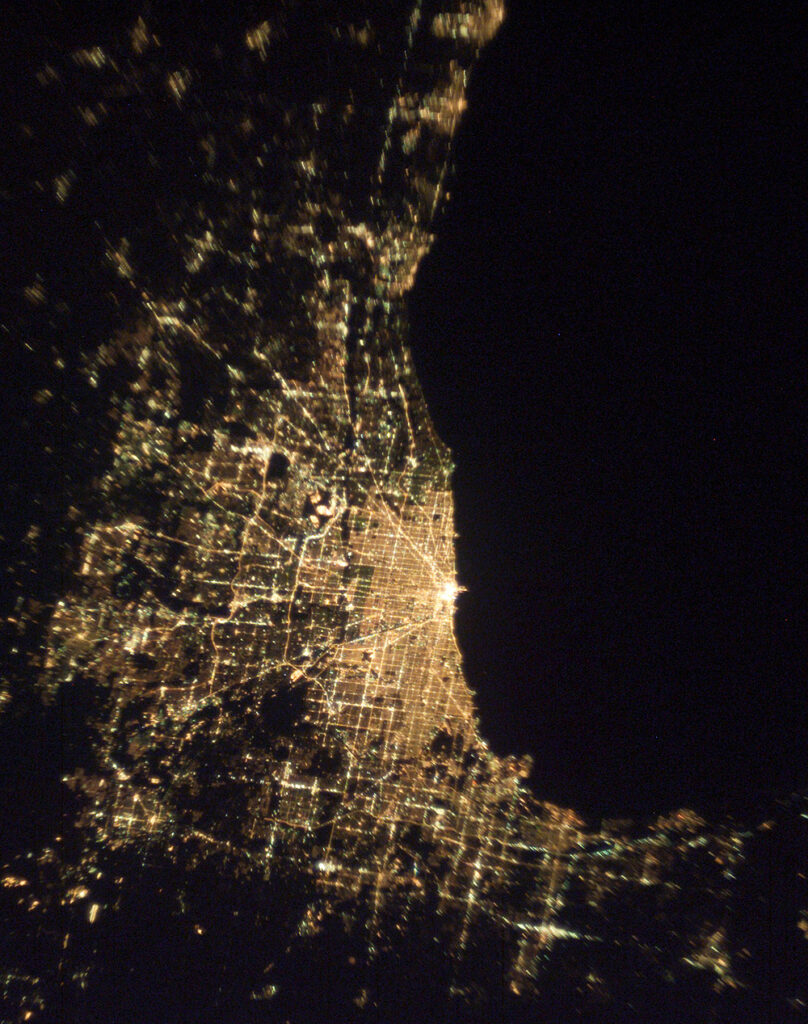
Stewardship of the planet / Care for creation
Catholics are called to be stewards of the planet, a concept rooted in the belief that God entrusted humans with the care of creation. This “care for creation” is a core principle of Catholic Social Teaching, emphasizing the ethical responsibility to protect and preserve the environment for present and future generations. Mitigating the negative effects of light pollution conforms with this responsibility.
Resources
Night Lights from NASA’s Black Marble
DarkSky International
Light Pollution Map
Lights at Night (NASA PDF)
Article: Cities at Night
Article: This moth makes its epic migration navigating by starlight
Globe at Night – Globe at Night is an international citizen-science campaign to raise public awareness of the impact of light pollution by inviting citizen-scientists to measure & submit their night sky brightness observations.
Videos
Cities at Night: An orbital tour around the world
Light Pollution 101 | National Geographic
Death Valley at Night: Capturing a Spectacular Sky Without Light Pollution | PBS
Neil deGrasse Tyson Explains Light Pollution
Saving the Dark | Documentary | Light Pollution
Light Pollution | Science for Kids
- At a meeting of Michigan’s Warren Astronomical Society in the July of 2025, the Milky Way was mentioned as part of a presentation – a first-time attendee asked “What’s the Milky Way?” ↩︎
- Since visible light and radio waves are both part of the electromagnetic spectrum, and both used in astronomy, this bears mentioning. ↩︎
